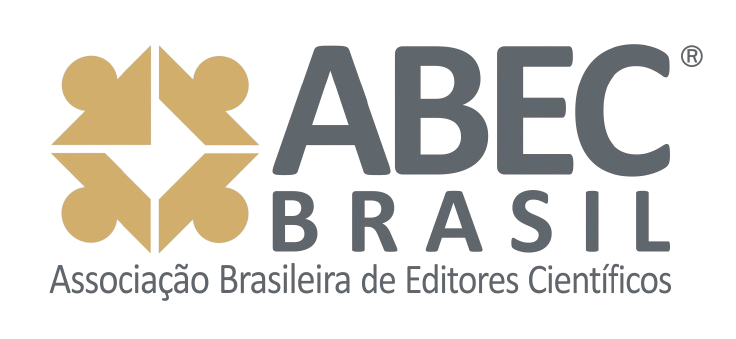AÇÕES DE ECORRESPONSABILIDADE DA INDÚSTRIA QUÍMICA – UM ESTUDO DE CASO DA BASF S/A
DOI:
https://doi.org/10.24883/IberoamericanIC.v1i2.13Keywords:
Estratégia de Gestão Ambiental, BASF S/A, Ecoeficiência, Environmental Management Strategic, Eco-efficiencyAbstract
O objetivo principal deste artigo é conhecer a estratégia de gestão ambiental do setor químico e, para tanto, estudar as ações de responsabilidade ambiental desenvolvidas pela BASF S/A, subsidiária brasileira da BASF AG, líder mundial desse segmento. Por meio de um estudo de caso descritivo foram evidenciados vários programas de gestão ambiental e desenvolvimento sustentável promovidos pela BASF S/A. Findo o levantamento, foi possível identificar várias características de responsabilidade ambiental corporativa presentes na gestão da empresa estudada, destacando-se a criação de uma fundação que desenvolve diversas atividades sobre esse tema, além de identificar o envolvimento da alta direção da empresa nos assuntos de sustentabilidade e ecoeficiência vislumbrados, por meio da atuação de vicepresidentes e diretores da BASF S/A nos conselhos curador, executivo e fiscal da fundação, reforçando o posicionamento de defensora de portfólio adotado pela organização. Após conhecer as ações de responsabilidade ambiental realizadas pela BASF S/A, pode-se concluir que a empresa está no terceiro nível da segmentação proposta por Donaire (1999), diferenciando-se da grande maioria das empresas brasileiras, que, de acordo com esse autor, ainda estão orbitando no primeiro nível.
ABSTRACT
INDUSTRY SHARES OF ECORRESPONSABILIDADE
CHEMISTRY - A CASE STUDY OF BASF S / A
The main objective of this article is to show the environmental management strategic of the chemical sector and to study the actions of environmental responsibility developed by BASF S/A. a brasilian subsidiary of BASF AG, global leader of this segment. Through a descried study case were evidenced many programs of management environmental and sustainable development promoted by BASF S/A. Concluded the survey, has been possible to identify several characters of co-operative environmental responsibility presents in the company management, pointing the creation of a foundation that develops many activities about this topic, besides identifying the involvement of senior management of the company on matters of sustainability and eco-efficiency, through the action of vice presidents and directors of BASF S / A in councils curator, executive and supervisor of the foundation,strengthening the position of defender of portfolio adopted by the organization. After knowing the actions of environmental responsibility made by BASF S / A, we can conclude that the company is the third level of segmentation proposed by Donaire (1999), differing from the majority of Brazilian companies, which, according to this author, still orbiting in the first level.
Downloads
Downloads
Published
How to Cite
Issue
Section
License
Authors who publish with this journal agree to the following terms:
1. Authors who publish in this journal agree to the following terms: the author(s) authorize(s) the publication of the text in the journal;
2. The author(s) ensure(s) that the contribution is original and unpublished and that it is not in the process of evaluation by another journal;
3. The journal is not responsible for the views, ideas and concepts presented in articles, and these are the sole responsibility of the author(s);
4. The publishers reserve the right to make textual adjustments and adapt texts to meet with publication standards.
5. Authors retain copyright and grant the journal the right to first publication, with the work simultaneously licensed under the Creative Commons Atribuição NãoComercial 4.0 internacional, which allows the work to be shared with recognized authorship and initial publication in this journal.
6. Authors are allowed to assume additional contracts separately, for non-exclusive distribution of the version of the work published in this journal (e.g. publish in institutional repository or as a book chapter), with recognition of authorship and initial publication in this journal.
7. Authors are allowed and are encouraged to publish and distribute their work online (e.g. in institutional repositories or on a personal web page) at any point before or during the editorial process, as this can generate positive effects, as well as increase the impact and citations of the published work (see the effect of Free Access) at http://opcit.eprints.org/oacitation-biblio.html
• 8. Authors are able to use ORCID is a system of identification for authors. An ORCID identifier is unique to an individual and acts as a persistent digital identifier to ensure that authors (particularly those with relatively common names) can be distinguished and their work properly attributed.












